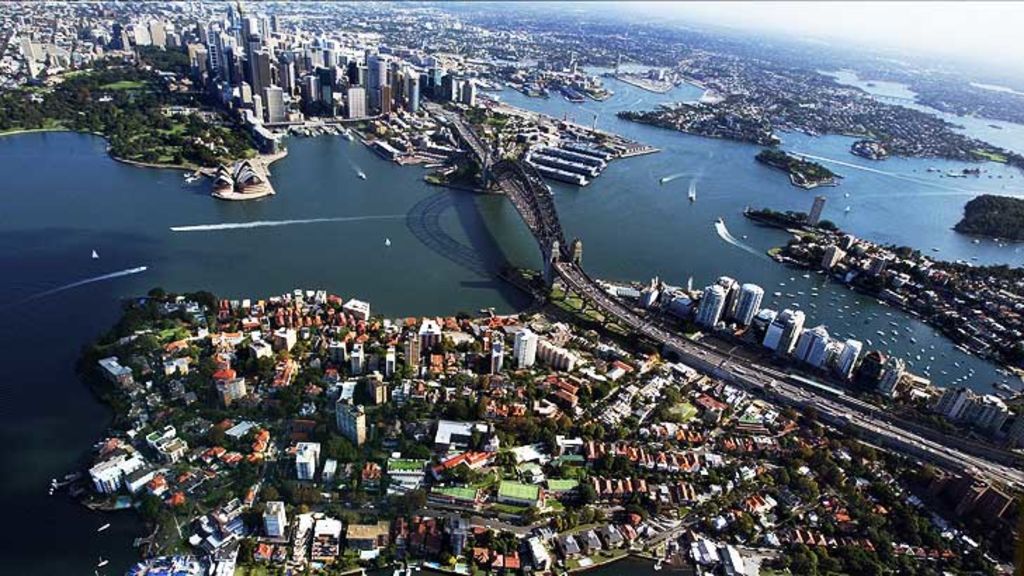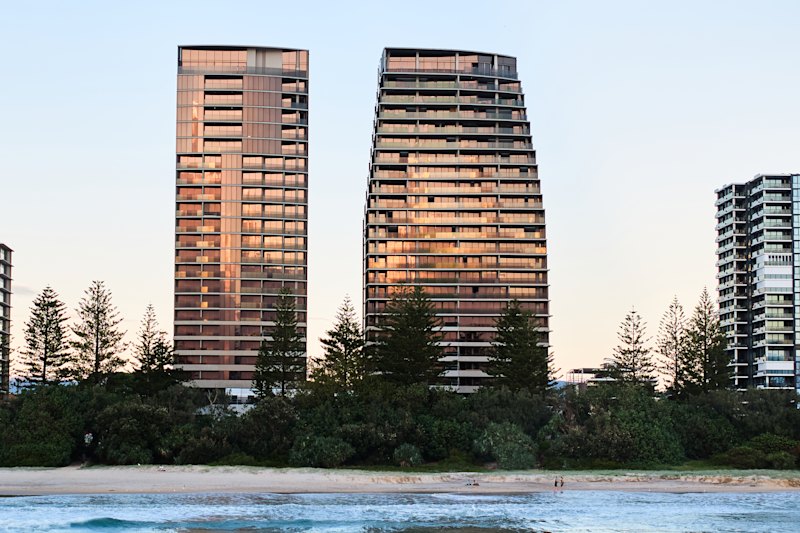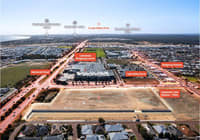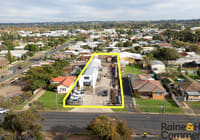
Council mergers create planning headaches
Chris Johnson
The property industry is generally supportive of the NSW government’s drive for bigger councils.
Our expectation is that more efficiency comes with bigger size, and hopefully this will be the case with Sydney’s new councils.
There is, however, a potential transition problem because elections for new councils are not due until September 2017 and then it will take a good six months for them to get up to speed.
So there is a two-year period when an administrator represents two or three previous councils and an acting general manager tries to unify the staff of two or three previous councils.
When the council mergers were announced, the government gave mixed messages; there were some statements that administrators would not be allowed to rezone sites.
There were also messages that the administrators should not enter into new contracts or begin new initiatives.
Yet Sydney still needs 33,200 new homes each year and many of these need to be in apartments on large inner-city sites that need planning proposals with rezoning.
One administrator sounds a lot better than 12 or 24 elected councillors in terms of decision-making, but this depends on how their interim role is defined.
The Urban Taskforce has raised concerns about a potential slowdown in housing supply if administrators are constrained in their support for new development.
The Planning Minister’s office has assured the industry that planning proposals should flow through administrators to the Department of Planning and has issued a diagram explaining how this will occur.
Clearly this will shift responsibility more towards the department, which is probably a good thing during the transition phase.
Another area where the transition could be difficult is in the development and finalisation of Sydney’s six district plans. These need to be exhibited by January 2017 and would normally be finalised a few months later.
The Greater Sydney Commission (GSC) will drive the district plan process, which would normally involve Sydney councils. We now have the strange mixture of unamalgamated councils with all their councillors, along with single administrators representing other councils, interacting with the GSC.
Hopefully during this process communities will not disown the district plans and take a negative approach to future development.
The concern from a property industry perspective is that the government’s focus is only on the amalgamation of councils without upsetting communities too much, and not also on the related issue of ensuring the planning system runs smoothly.
It will be important that the Department of Planning and the GSC step up during the next two years to ensure that strategic planning and development assessments are managed efficiently.
Chris Johnson is the chief executive of the Urban Taskforce.











